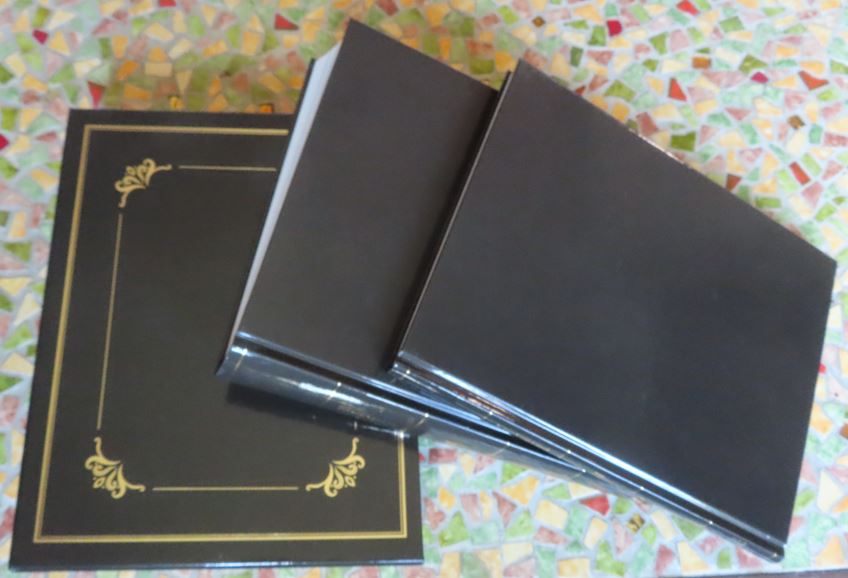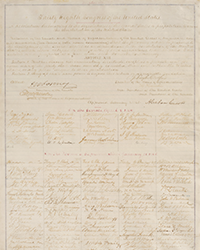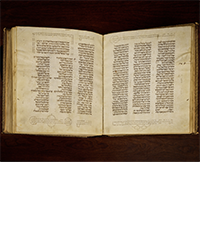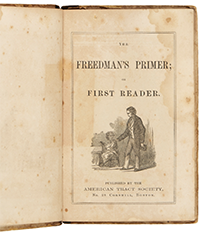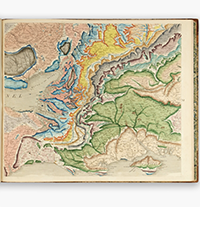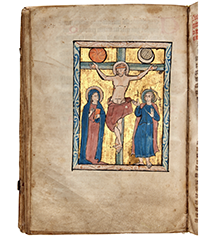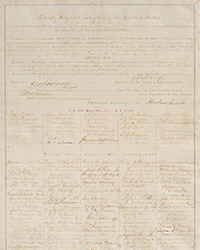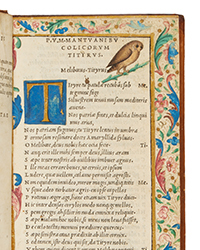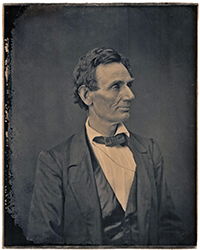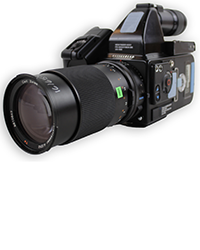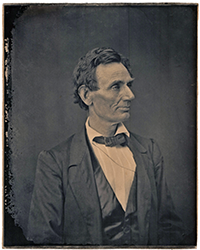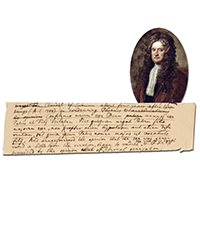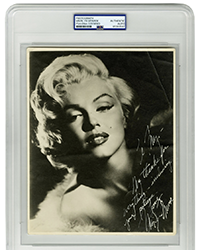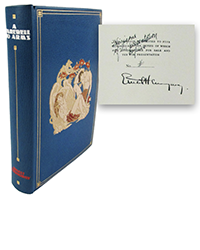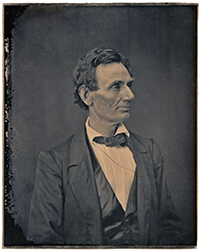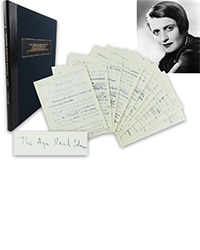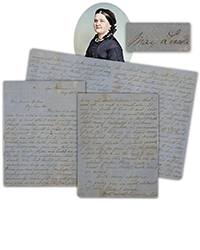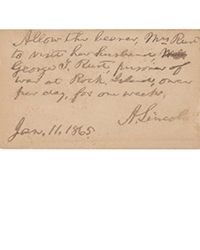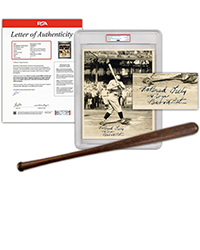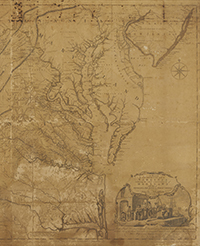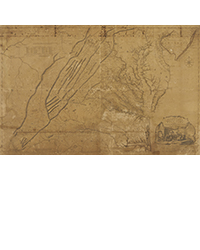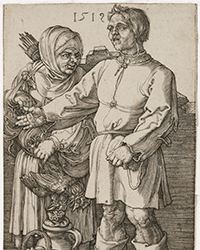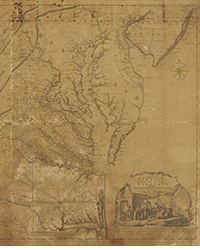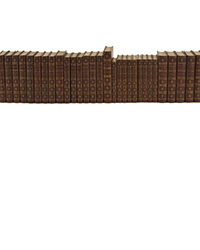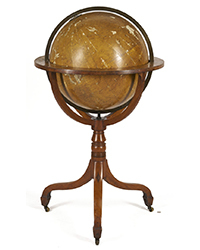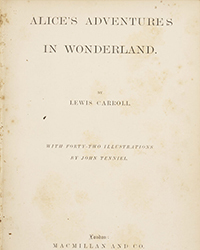One of the greatest philosophers and thinkers of the ages was Søren Kierkegaard. If you are not aware of that or of him, you'll have to take my word for it. Most people probably recognize Aristotle was one of the greatest philosophers of his time without knowing anything about him other than his name. Fewer people even know Kierkegaard's name. There is no need to be embarrassed about it. His thinking is very complex, and his use of language is not always user friendly. It does not help that Kierkegaard wrote in his native Danish, that not being among the world's most commonly spoken languages.
My introduction to Kierkegaard came in college philosophy courses in the far distant past. Even at its peak, that knowledge was very rudimentary, and “rudimentary” exaggerates my understanding of his philosophy. He is difficult. Kierkegaard was different from the empiricist philosophers, who believed all knowledge came from observation, scientific method sorts of things. He believed a different type of knowledge was equally legitimate, that which came from emotions and inner feelings. That sort of knowledge was based on faith rather than observation. Others came to call it a “leap of faith,” where you move past scientific knowledge to this other form. Emotions like love and sadness are also things you can know, even if you cannot observe them like gravity.
Values, moral principles are other such examples, and these are things he believed came from faith in God. But then, Kierkegaard takes faith to a different level. In Fear and Trembling, he brings up the story of Abraham and Isaac. Abraham knows that killing anyone, let alone your own son, is immoral, but his faith in God is so strong he is willing to do the unthinkable, and unthinkably immoral. He is prepared to thrust the knife into the heart of Isaac, his own son. That's real faith! In the end, God spares Isaac by telling Abraham he has proven his faith by showing his willingness to kill Isaac so he need not follow through with the act. I remember my professor saying he thought it unfortunate the biblical writer ended it this way, that the unnecessary happy ending diluted from the impact of the story of faith. Leave no doubt of Abraham's faith by eliminating the possibility of a last second change of heart.
I apologize for all the inaccuracies in my attempt to oversimplify the great man. It has been half a century since I studied him and didn't much understand what he was saying even then. The point here is he was addressing some very deep questions about ideas beyond scientific knowledge. Not everyone will accept his groundbreaking beliefs or reject the philosophy of empiricism because Kierkegaard said so. Nor will all people of faith go so far as Abraham was willing. I couldn't and wouldn't have done so. Sometimes, some believe, our morals command the faithful to say no, even to God. Maybe we have to wrestle with Him like Jacob. If we all thought alike, we wouldn't need Kierkegaard to explain things.
Now, if you, like me, do not fully understand Kierkegaard or Danish, why would you want to collect him? There is a very good reason. How many people collect ancient books written in Latin without understanding what is written? I imagine a large percentage of collectors of 15th and 16th century books do not understand Latin. They collect anyway.
Here's an even better example. One of the most collected of notables is Albert Einstein. How many of those people understand Einstein? How many people on earth understand Einstein or his theory of relativity? Anyone? You have to be an Einstein to understand Einstein, but you don't have to be an Einstein to understand the importance of his work. So, we collect Einstein. And similarly, we collect Kierkegaard. His importance to unscientific knowledge (should such knowledge exist) is similar to Einstein's for scientific knowledge.
All of this is a roundabout introduction to the most spectacular set of catalogues I have ever encountered, and I have seen some outstanding ones in over 20 years of writing dealer catalogue reviews. This catalogue comes in a slipcase, two volumes entitled simply Kierkegaard I and Kierkegaard II. The creator of this set is Herman H. J. Lynge and Son of Copenhagen, Denmark. I don't know how to obtain this set or its price, other than to contact Lynge directly and ask, but this catalogue belongs with a collection of Kierkegaard material. It provides detailed descriptions of the 113 items therein, and other information concerning the author in its 588 pages. Naturally, the items offered all belong in collections of Kierkegaard.
Being in Kierkegaard's hometown, Lynge has a long relationship with Kierkegaard and his material. The firm being over 200 years old, Kierkegaard was actually a customer of Herman H.J. Lynge. They created the auction catalogue of Kierkegaard's book collection when he died. There is no one having more experience with or connection to the man and his work. They note that they are offering “the very best items available, not only in Denmark, not only now, but in the whole world, and arguably ever. We dare say there has never been as many Kierkegaard rarities for sale at once.”
Volume I consists of a collection of Kierkegaard's own works, sometimes his personal copy of them. Following in chronological order, they begin with a rare printing of the first articles he published, four items originally published in the periodical Kjøbenhavns Flyvende Post. Three involved freedom of the press to which he expressed a conservative point of view. He was a 21-year-old theology student at the time. All but one used a pseudonym while the other was the first appearance of his name in print. The pseudonyms were merely “A” and “B” and Kierkegaard would use these and others throughout his career, giving himself the ability to conduct “debates” with himself in print. He wanted you to think. Good advice.
The second is Af en endnu Levendes Papirer (From the Papers of One Still Living). It is a surprising attack on surely Denmark's most famous writer, Hans Christian Andersen. Kierkegaard felt that Andersen did not yet know himself and therefore was not authentic, which in turn meant he could not be a good author. Obviously, not many people shared his view on Andersen's writing.
From here, we can follow the remainder of Kierkegaard's career. It provides witness to the growth and maturation of his philosophy and theology. Here we see his most notable titles, Either-Or, Fear and Trembling, and the Sickness Unto Death. In these works we see Kierkegaard's journey and struggles. He needs to find himself, which he accused Andersen of failing to do, and yet he must be obedient to God. The focus on finding himself led to Kierkegaard being known as the father of something he never heard of – existentialism. But, his journey was tougher than that of later atheist existentialist such as Sartre who did not have to take God into account. For Kierkegaard, God, to whom he is obedient, is the source of his freedom to be himself. If you find that contradictory, then you need to take a leap of faith.
Volume II consists primarily of books from Kierkegaard's library written by people other than himself. They were either given to him by the authors or ones he obtained himself. Many have his ownership signature or other notations. There is also a copy of the rare first edition of the catalogue of the auction of his library after his death by Herman H.J. Lynge & Son (most of the books from his library offered in this selection went through his auction). Then there is a letter written by Kierkegaard, another rarity to find in the market.
Finally, there is Regine. Every good story has a love interest, and the love interest in the story of Kierkegaard's life was Regine Olsen. Regine was as good and devoted as she was beautiful. Kierkegaard could not have found a better match on earth, but his head was in the clouds. They were deeply in love and became engaged, an engagement that lasted slightly over a year. Then, Kierkegaard broke off the engagement. Regine was devastated. She tried to get Kierkegaard to take her back, but he refused. He even became cold to dissuade her. It was not because he stopped loving her, but because he had a “higher” calling. He had to write his books, develop his relationship with God, all of those “higher” things that led him to destroy the one he loved, like Abraham almost did with Isaac, except in his case God did not save her life in the end like he did Isaac's. Regine would be miserable but the existentialist would make his own way as a good existentialist should. Perhaps if he had stayed with Regine, he could have written of his faith with nicer titles than “fear,” “loathing,” “sickness,” “death,” “anxiety,” “dread.” Maybe if he had not been so pig-headed, Kierkegaard would have lived a long and happy life and still produced his great works and more, but he had to do it his way. It seems that Kierkegaard, like so many others, followed a vision of God he created, rather than the other way around. His was not a particularly loving God, his claims notwithstanding. This catalogue includes a book of romantic poems with the ownership signature of a young Regine Olsen.
Kierkegaard died in 1855, in a hospital a month after after collapsing on the street. He was only 42 years old. He was one of the greatest thinkers and writers the world has ever known, but his life was a tragedy. Regine died in 1904, age 82, outliving Kierkegaard by almost half a century. She married and moved on with her life as she had to, but always had a soft spot in her heart for Søren.
Herman H. J. Lynge & Son may be reached at (+45) 3315 5335 or herman@lynge.com. Their website is found at www.lynge.com.

